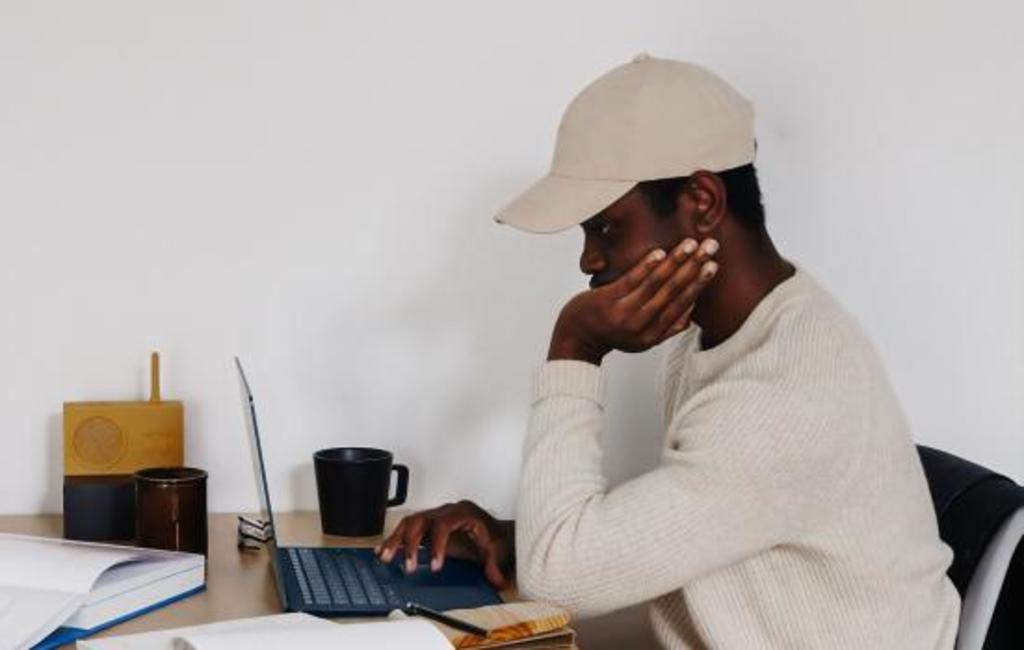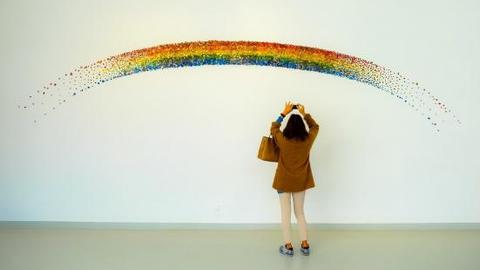Fighting Online Fatigue
3 March 2021 | By Michelle Wright

As we came out of 2020 and into 2021, there was hope for a better year. But since the UK’s third lockdown was confirmed in early January, fears that it would represent more of the same for arts, culture and heritage organisations seem to have been realised.
Our best guesswork
Despite the horror of the pandemic, there was perhaps some novelty factor to the situation we faced in March 2020. At the very least, there was a sense of pulling together in crisis, of trying new things, and delivering new content on different platforms. However, the winter has seen many of these sentiments evaporate entirely.
The uncertainty about when lockdown will end and the extent of social distancing that might prevail – not to mention how safe audiences will feel returning to events and venues – would put the resilience of even the most positive leader to the test. We can plan all we like but without any real knowledge of what will unfold, most scenarios feel muted.
As much as leaders of arts organisations are trying to work towards positive outcomes, we also know that much planning is just our best guesswork. We have to predict how the pandemic will unfold, as well as the response from scientists and Government.
Losing appetite
This third lockdown has been uncomfortable on many fronts, and especially in fundraising for arts, culture and heritage organisations. I’ve sat on several funding panels in recent weeks and, for the first time, cynicism from funders seems to be creeping in.
They aren’t questioning the validity of the work or the importance of keeping the arts sector turning. But frankly, if Glastonbury is cancelled how likely are other arts festivals to take place this summer? Can funders commit to activity in good faith when they know it is unlikely to happen?
Philanthropists face a similar issue. Whereas in the earliest days of the pandemic, many enjoyed the innovation that arts organisations were exhibiting through imaginative virtual events, their appetite for this has dissipated. Most philanthropists want to see and understand the impact of their donation – and for all of us, philanthropists and culture consumers alike, online event fatigue is our new enemy.
So where does this leave those putting together fundraising strategies? There are some positive lessons we can take forward. Through the Arts Fundraising & Philanthropy programme we have pulled together some of the main research themes, both nationally and internationally, and developed some expert opinion in our latest edition of Now, New and Next.
Here are some thoughts about where we go next:
Hunker down: In March 2020, funders were sending organisations the message to cut back on activity and focus on survival. I found this advice very difficult – how could any organisation simply sit back at a time like this? But given the circumstances we are now facing in 2021, this advice seems sage. Rather than throwing everything at innovation, now is perhaps a time to hunker down, look after our staff, partners, and external relationships. We should focus on doing the things we can do brilliantly. Of course, we’re frantically planning and fundraising as we go but to the outside world, pressing pause might not be the worst idea.
Believability is key: Funders and the public start feeling cynical when organisations make promises that feel unlikely to come true. Simple messaging like ‘we can’t wait to welcome you back’ seems more salient than ‘we can’t wait to see you for this festival in June’. while most organisations are working to integrate their digital and face-to-face activities, a digital-first strategy will be more convincing right now. If we know we can potentially undertake certain activities, for example Nevill Holt Opera’s outdoor strategy, then excellent – but right now believability is key.
Safety first: It would be a rare organisation that hasn’t done some soul searching over the past year. How we refocus support for communities post-Covid must be front of mind. Research such as that by the Audience Research group confirms that messaging around safety measures will be as important as artistic messaging in the coming months. Once we have decided on our priority audiences, of course, we must work out who safety matters most to and ensure our venues are safe. As the country reopens, it’s likely we will learn a great many things quickly. Organisations will need mechanisms to build audiences’ understanding and confidence as the situation changes.
Embrace a local agenda: A new type of audience is emerging in people who live locally but previously accessed culture elsewhere. This may have been in areas close to their work or in major cities nearby. The After the Interval reports suggest that not only is standing up for your local area an important element of the Covid-19 response, but will also be at the heart of drumming up future support. Local venues that eliminate the need for travel may be preferred for a while. Communicating our local response to communities and drawing up new methods of engagement needs to be a priority.
Pay it forward: Covid-19 has had a positive impact on the wealth of some communities. Amidst the news of a troubled economy, Treasury believes that UK households (mostly high-level earners and retirees) have built up £100bn in savings during the pandemic. while this doesn’t easily convert into fundraising, arts organisations could access some of this untapped funding by getting potential donors back to doing what they love, be that a trip to the theatre or dinner out with friends. With little hope of foreign travel for a while, we have lost the psychological benefit of things to look forward to. If arts organisations can click into this sentiment, it could be very positive indeed. Seat out to help out anyone?
Michelle Wright is the CEO of Cause4 and Programme Director of the Arts Fundraising and Philanthropy Programme.
This article is part of a series on the theme Fundraising for the Future, contributed by Arts Fundraising & Philanthropy.
Read the original article on ArtsProfessional here.



